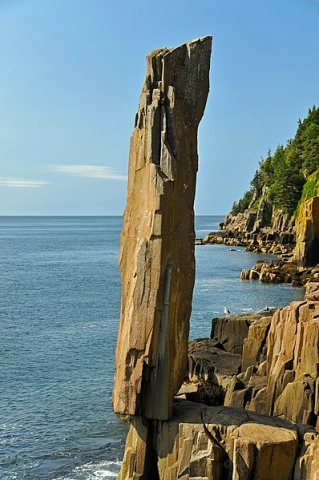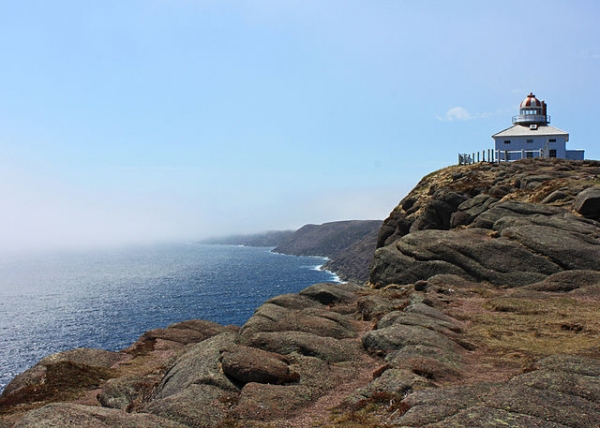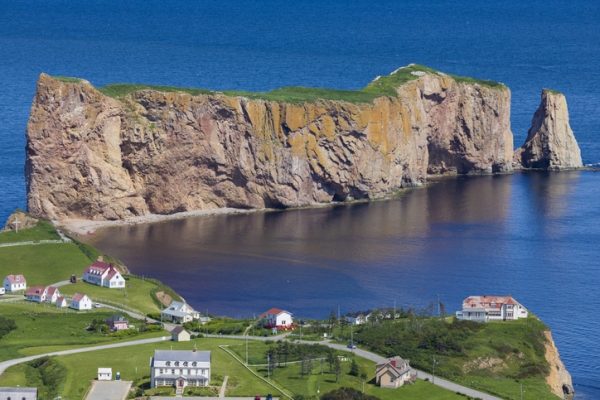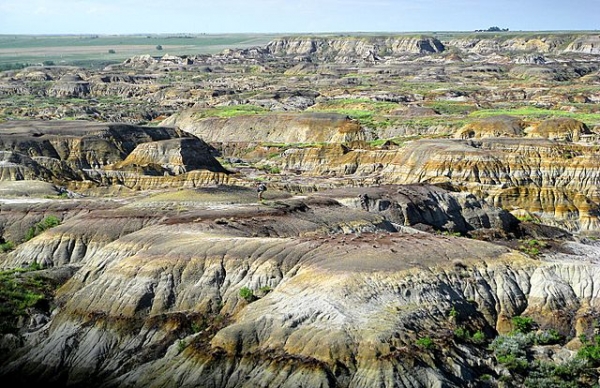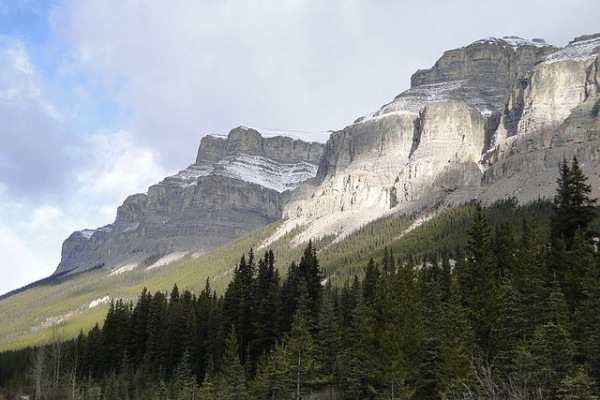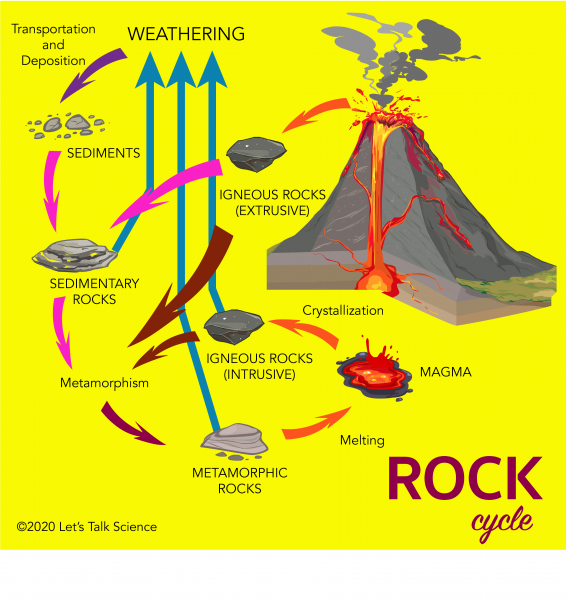The Rock Cycle in Canada
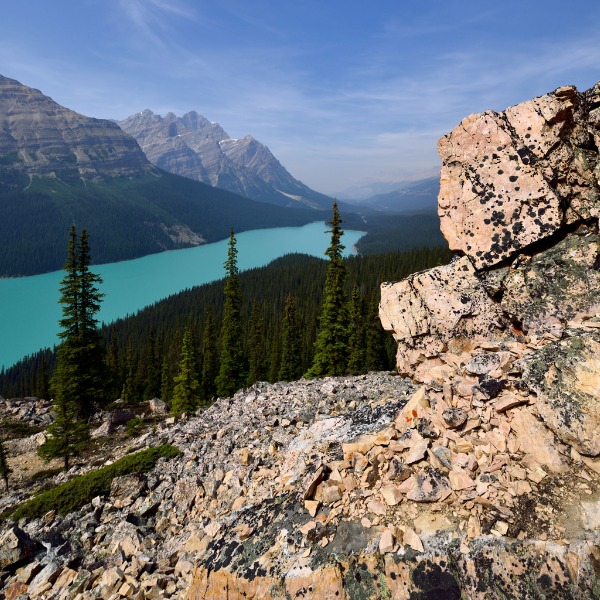
Peyto Lake, Banff National Park (IanChrisGraham, iStockphoto)

Peyto Lake, Banff National Park (IanChrisGraham, iStockphoto)
5.8
How does this align with my curriculum?
Curriculum Alignment
BC
11
Earth Sciences 11 (June 2018
Big Idea: Earth materials are changed as they cycle through the geosphere and are used as resources, with economic and environmental implications.
BC
12
Geology 12 (June 2018)
Big Idea: Minerals, rocks, and earth materials form in response to conditions within and on the Earth’s surface and are the foundation of many resource-based industries.
ON
11
Environmental Science, Grade 11, Workplace (SVN3E)
Strand E: Natural Resource science and Management
YT
11
Earth Sciences 11 (British Columbia, June 2018
Big Idea: Earth materials are changed as they cycle through the geosphere and are used as resources, with economic and environmental implications.
YT
12
Geology 12 (British Columbia, June 2018)
Big Idea: Minerals, rocks, and earth materials form in response to conditions within and on the Earth’s surface and are the foundation of many resource-based industries.
BC
5
Science Grade 5 (June 2016)
Big Idea: Earth materials change as they move through the rock cycle and can be used as natural resources.
BC
12
Geology 12 (June 2018)
Big Idea: The form, arrangement, and structure of rocks are affected by three-dimensional forces over time.
YT
12
Geology 12 (British Columbia, June 2018)
Big Idea: The form, arrangement, and structure of rocks are affected by three-dimensional forces over time.
